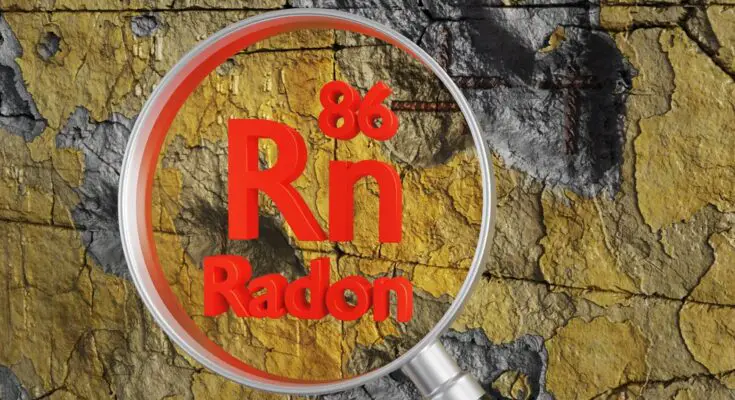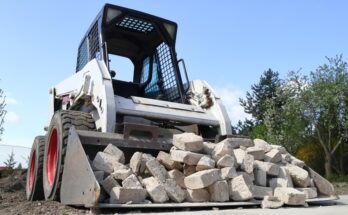Mountain living offers breathtaking views and crisp air, but beneath the surface lurks an invisible threat that many homeowners overlook. Radon, a radioactive gas produced by decaying uranium in soil, poses serious health risks that increase significantly with altitude. This odorless, tasteless, and colorless gas silently infiltrates homes, making detection impossible without proper testing.
Why radon is a bigger risk at higher elevations becomes clear when you understand the unique atmospheric conditions that mountain homes face. The combination of lower air pressure and construction practices creates a perfect storm for radon accumulation.
Atmospheric Pressure Creates the Perfect Storm
Lower atmospheric pressure at high altitudes fundamentally changes how radon behaves around your home. This reduced pressure creates a stronger vacuum effect, essentially pulling radon gas from the ground with greater force than at sea level. Your home becomes like a chimney, drawing contaminated air upward through foundation cracks and gaps.
The pressure differential between indoor and outdoor environments intensifies this effect. While homes at lower elevations experience gentler radon infiltration, mountain properties face a relentless upward pull that dramatically increases indoor radon concentrations.
Cold Weather Compounds the Problem
High-elevation homes require superior insulation and sealing to combat harsh winter conditions. These energy-efficient features, while excellent for heating costs, create sealed environments that trap radon for extended periods. Modern weatherization techniques reduce natural air exchange, which allows radon to accumulate to dangerous levels.
Tightly sealed windows, doors, and foundations prevent the natural dilution that occurs in draftier homes. What starts as a minor radon intrusion becomes a significant health hazard when fresh air cannot circulate freely.
Colorado’s Radon Reality
Colorado exemplifies these elevation-related risks perfectly. Denver, Aurora, and the Front Range consistently register elevated radon levels, with many counties earning the EPA’s Zone 1 classification for highest radon potential. The state’s geography combines uranium-rich soil with the atmospheric conditions, which is why radon is a bigger risk at higher elevations and a critical concern for residents.
Testing Saves Lives
Radon exposure doesn’t cause immediate symptoms, but over time, it can lead to irreversible lung damage. The Surgeon General warns that radon is the second leading cause of lung cancer, right behind smoking. The only way to uncover its presence is through testing.
Professionals can complete accurate radon testing in two to seven days. Whether you’re using digital monitors for continuous data or charcoal canisters for quick snapshots, both options deliver critical insight. For homeowners in higher elevations, regularly testing indoor air quality becomes even more important, as radon levels can fluctuate based on seasonal and structural changes.
Early detection through testing costs far less than the long-term medical expenses that radon-related illnesses can bring. It’s a small investment that protects your family’s health and peace of mind.
Professional mitigation systems reduce radon levels by up to 99 percent through sub-slab depressurization and proper ventilation. These systems work exceptionally well in high-elevation homes and provide long-term protection for your family.
Don’t let your mountain paradise become a health hazard. Schedule radon testing today and take control of your indoor air quality. Your family’s safety depends on the air you breathe every single day.



